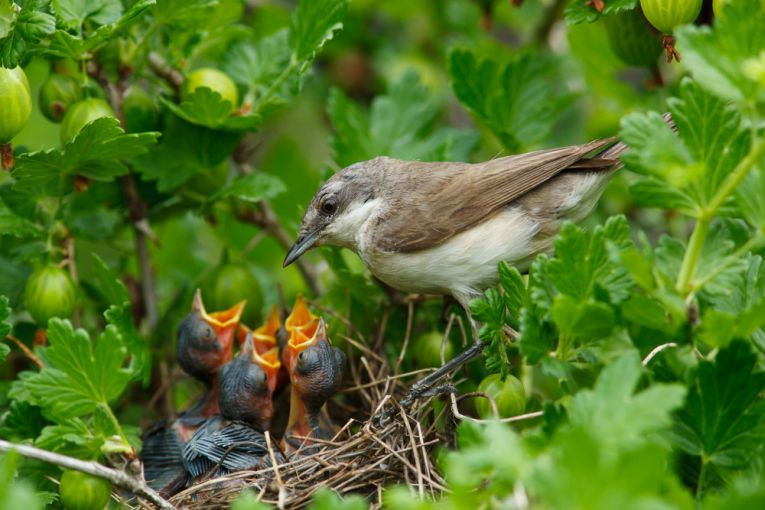Cytochromes in our mitochondria are not only for respiration. The COI gene governs the oxidases and acts as a marker for identification of many animal species, used especially in birds. DNA barcoding for a species has been the handy result for a decade. Using 387 specimens from 141 Dutch species, bird evolution has been observed over many different groups.
The species tended to diverge by 9.54 % on average. With tiny 0.29% divergence within any one species. Most species were able to have unique barcodes, apart from some related gull species and skuas. The whole of the Netherlands bird fauna were barcoded, apart from the 5% that couldn't be sampled. While the barcoding derived from a small piece of one mitochondrial DNA sequence can't be regarded as the answer for all researchers, the utility is undeniable. All samples were collected by the Museum as a matter of course as they carried out business as normal, so little extra labour was necessary.
Mansour Aliabadian from the Ferdowsi University of Mashhad and his colleagues from The University of Amsterdam, the Naturalis Biodiversity Center in Leiden and Oxford Brookes University present their paper in in ZooKeys.
Their efforts are far from being in vain. They proved here that a small bird population can simple be checked and new species or combination of old species together is hinted at by the data. The two sub-species of Sylvia curruca, for example, have been proved several times now to look like separate species. They are little warblers known as lesser whitethroats.
There were 8 groups with similar barcodes to each other, including 7 Larus gull species groups and 2 skua, Stercorarius species The gulls are well-known to have speciated recently around the Arctic.
It seems the taxonomy of the world's birds will be the first to be completely checked by "barcoding." How important is that for rare and sadly almost-extinct species. We only know what we've lost when it's gone, so in this way, we will know the full cost of our careless lack of conservation.















